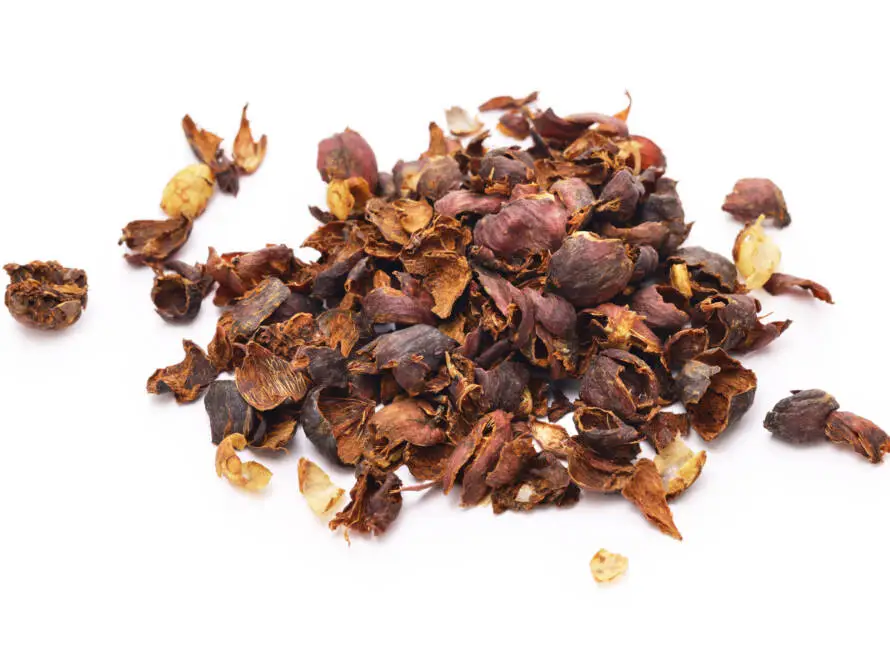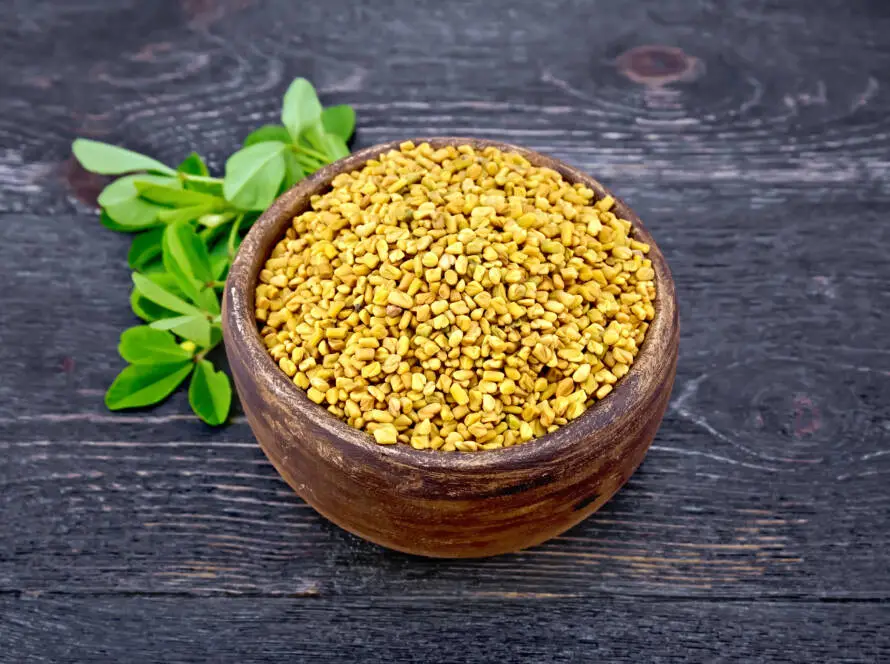Introduction
Beargrape, scientifically known as Uva-ursi, is a perennial evergreen shrub that has carved out a niche in the annals of natural medicine. Native to regions of North America, Europe, and Asia, this resilient plant thrives in rocky, acidic soils, making it well-adapted to its environments. Beargrape is noteworthy not only for its distinctive small, leathery leaves and red berries but also for its historical significance in folk medicine. This fact sheet offers valuable information about beargrape, including its common names, medicinal uses, potential side effects, and resources for those interested in learning more.
Common Names
Beargrape goes by several names, including:
- Beargrape
- Uva-ursi
- Kinnikinnick
- Arctostaphylos uva-ursi
These names reflect the plant’s broader cultural use, particularly in traditional healing practices.
Uses
Beargrape has a rich history, especially in traditional herbal medicine, where it is primarily recognized for its supposed benefits for Urinary Tract Infections (UTIs). Many herbalists and practitioners believe that beargrape can help soothe the urinary tract and may possess antimicrobial properties, making it a go-to remedy for those suffering from UTIs.
How It Is Used
Medicinal preparations derived from beargrape are principally made from its leaves, which can be consumed in various forms:
-
Tea: Dried leaves are steeped in hot water to create a flavorful herbal infusion, providing an aromatic experience.
-
Tinctures: Alcohol-based extracts of the leaves can offer a concentrated dose when taken in small amounts.
-
Capsules: For those seeking convenience, dried leaf powder is available in capsule form, making it easy to incorporate into daily health routines.
These various applications showcase beargrape’s versatility as an herbal remedy.
Scientific Insights
Beargrape has established itself as a folk remedy for urinary tract infections over many years. The credibility of its medicinal properties is often attributed to specific active compounds:
-
Ursolic Acid: This compound is believed to exhibit anti-inflammatory and antimicrobial effects, making it potentially beneficial for urinary tract health.
-
Isoquercitrin: A flavonoid that purportedly offers antioxidant benefits, contributing further to the plant’s therapeutic potential.
While these compounds highlight beargrape’s promising properties, more research is needed to conclusively establish its efficacy and safety for treating UTIs. The intersection of traditional knowledge and modern scientific inquiry could yield fascinating discoveries about this resilient plant.
Side Effects and Cautions
Although beargrape is generally considered safe when used correctly, it is essential to be aware of potential side effects. Some individuals may experience:
- Nausea
- Vomiting
- Irritability
- Insomnia
- Increased heart rate
Due caution is advised. Pregnant or breastfeeding women should avoid using beargrape due to potential risks to the fetus or infant. Additionally, it is not recommended for individuals with high blood pressure, as it may exacerbate the condition and pose further health risks.
Conclusion
Beargrape, or Uva-ursi, is an intriguing plant that bridges traditional medicine and modern science. With its historical significance as a remedy for urinary tract infections and its appealing forms of preparation, beargrape remains a topic of interest for herbalists and health enthusiasts alike. While its benefits warrant exploration, further scientific study will be essential in providing comprehensive guidelines for its safe and effective use. Whether enjoyed as a tea or taken as a tincture, beargrape offers a glimpse into the enduring relationship between nature and healing. For those seeking more information, numerous resources exist, including herbalism websites, academic journals, and traditional medicine guides, enriching the dialogue around this remarkable plant.
Resources
- Drugs.com
- Wikipedia.com
- Right Health – Beargrape
This summary highlights the key aspects including its traditional uses, potential benefits, and safety considerations.
Disclaimer
The information I’ve shared about herbs is for educational purposes only and is not meant as medical advice. While many herbs have been traditionally used for their potential health benefits, individual responses may vary, and the effectiveness of herbs can depend on various factors, including personal health conditions and interactions with medications. It is essential to consult with a qualified healthcare professional or a licensed herbalist before using herbs for medicinal purposes or making significant changes to your health regimen. This information should not be considered a substitute for professional medical advice, diagnosis, or treatment.


